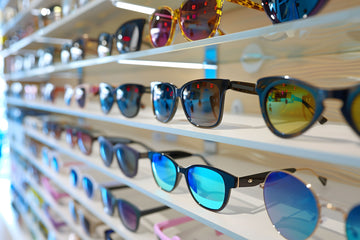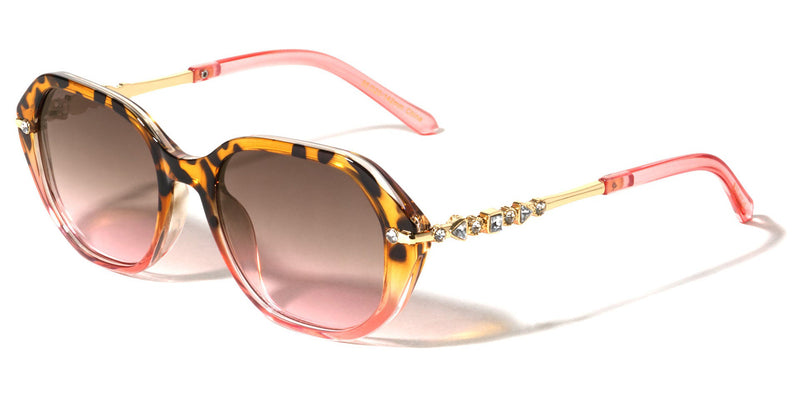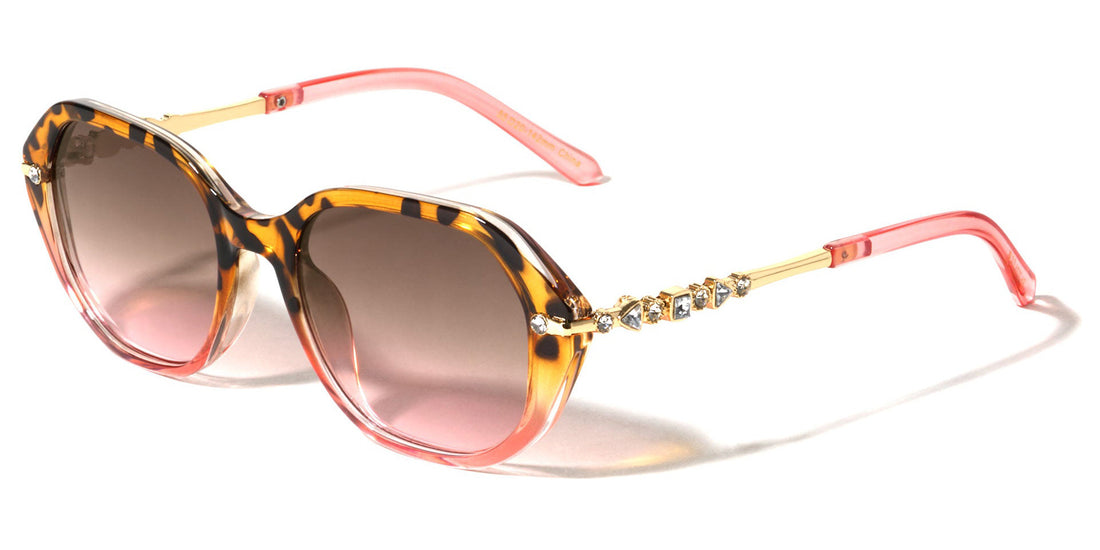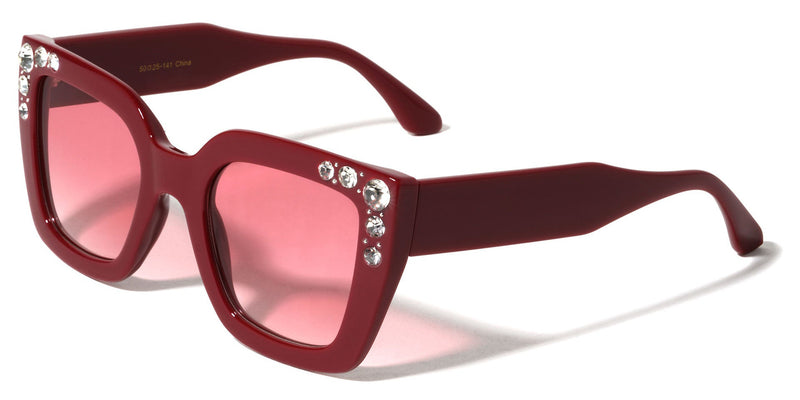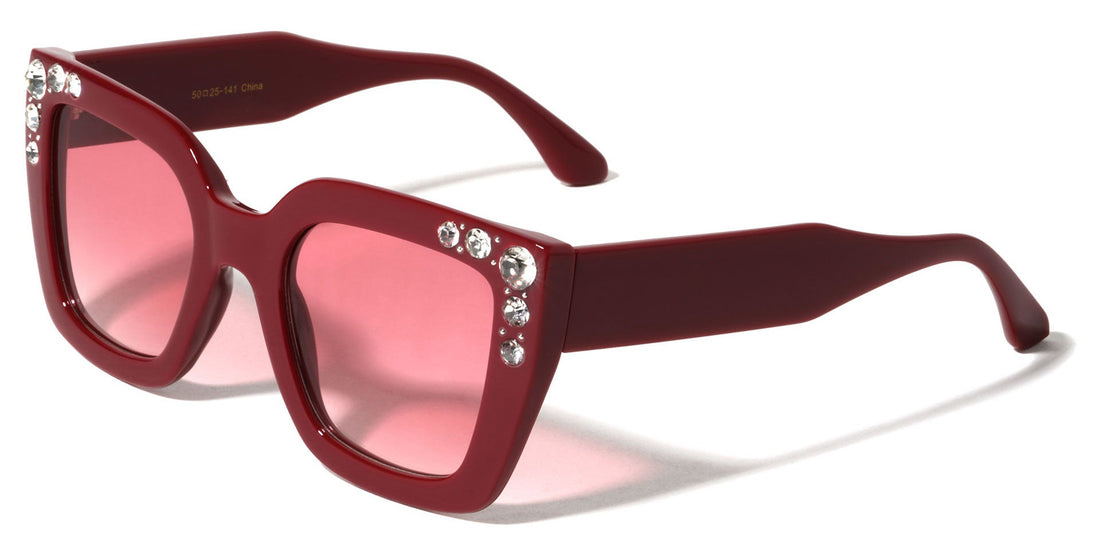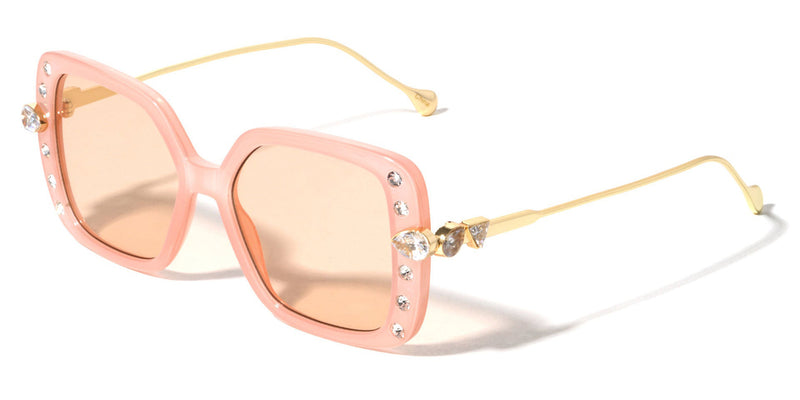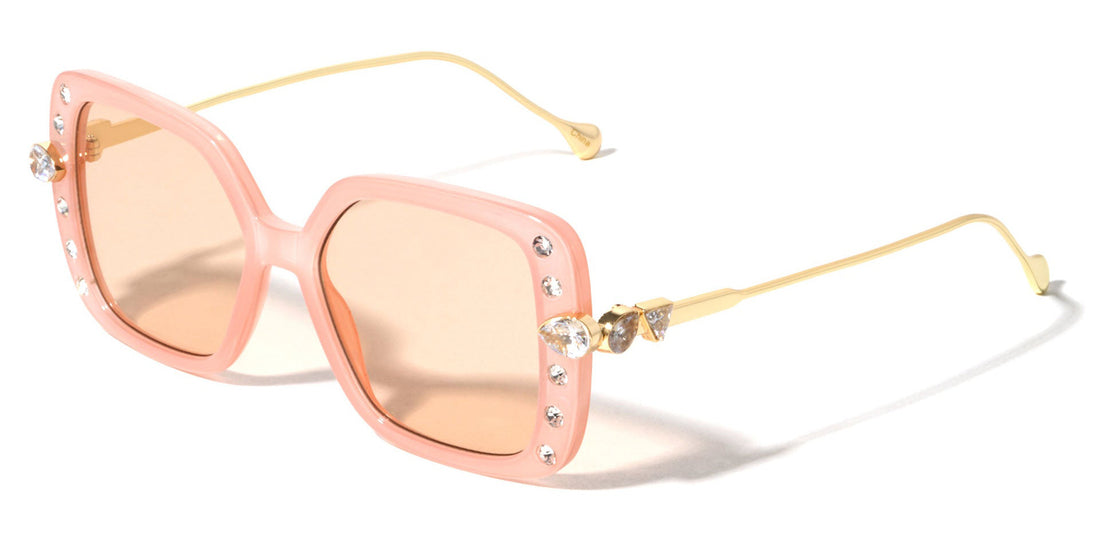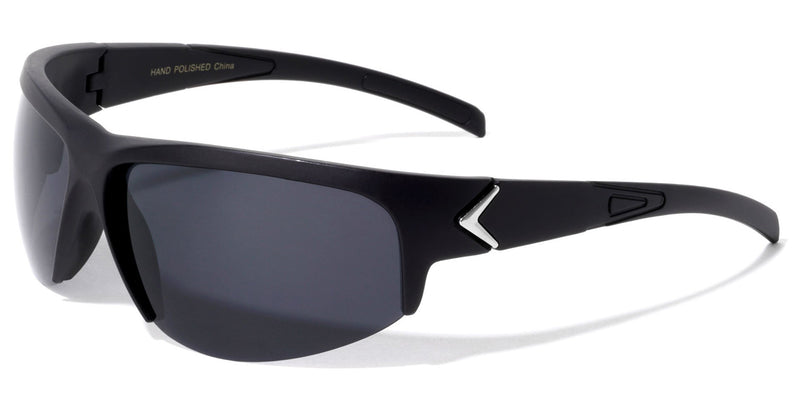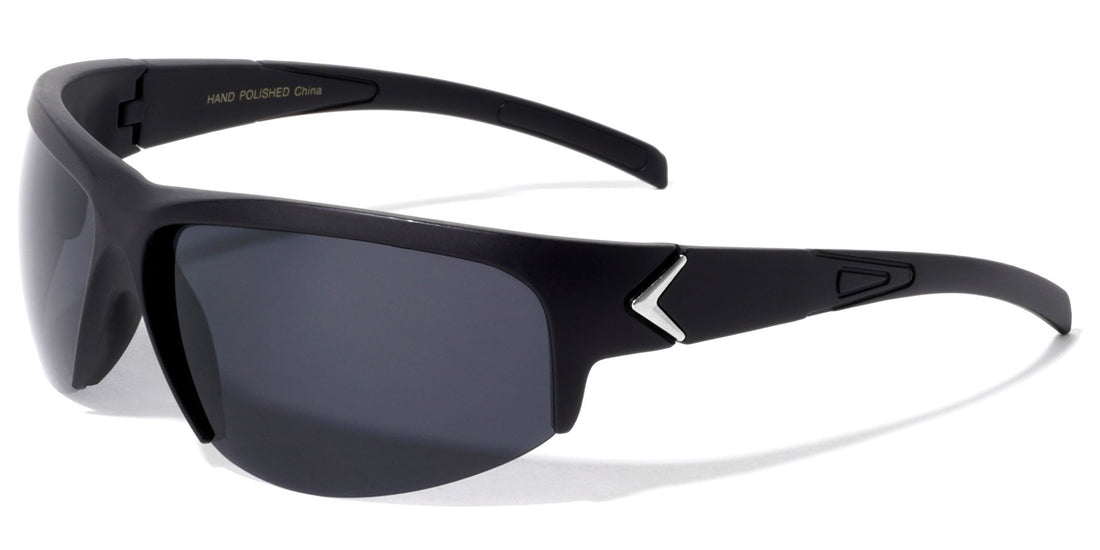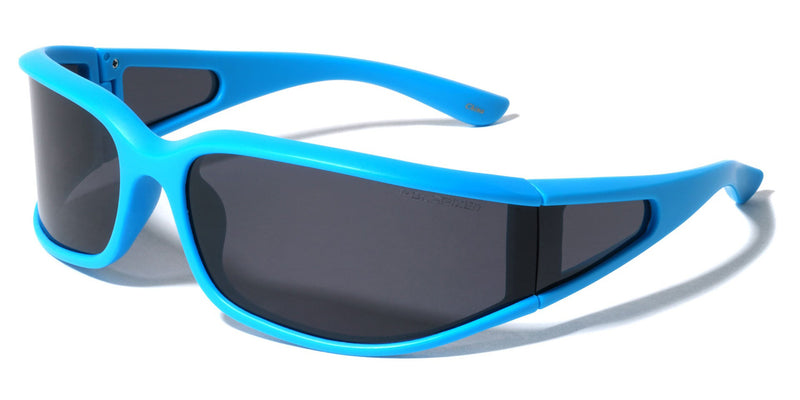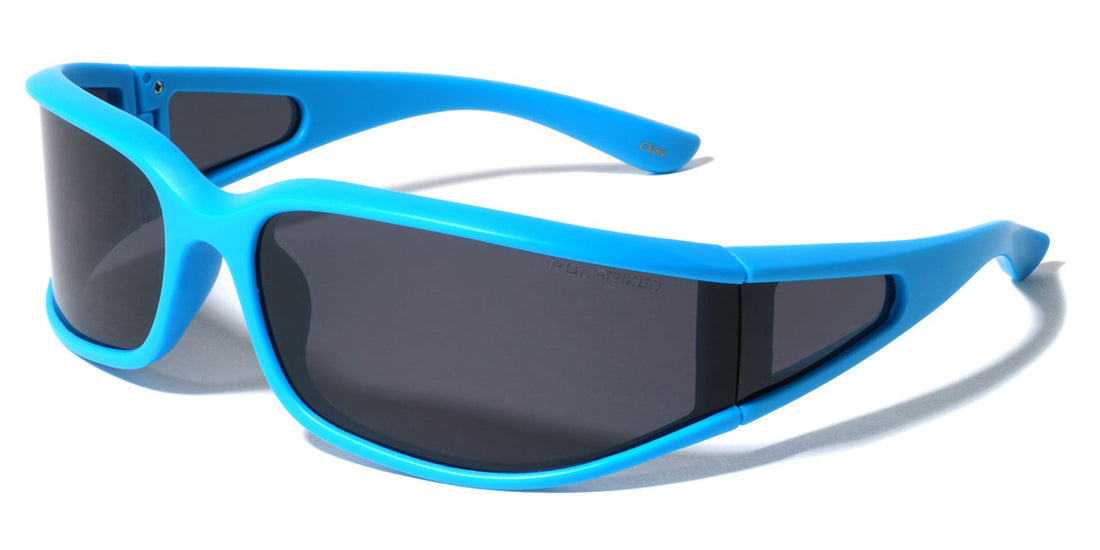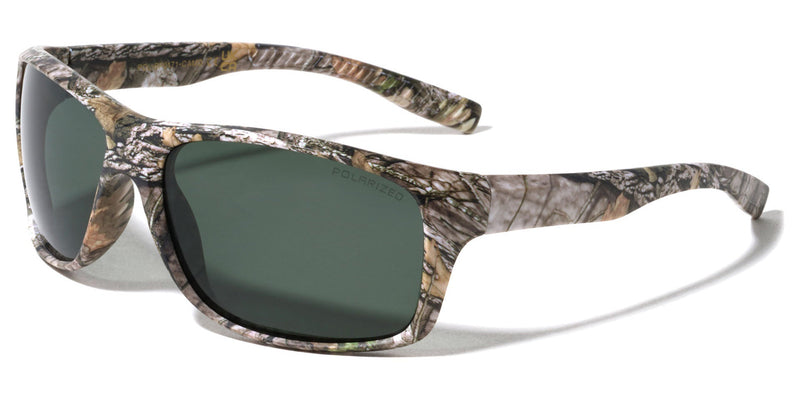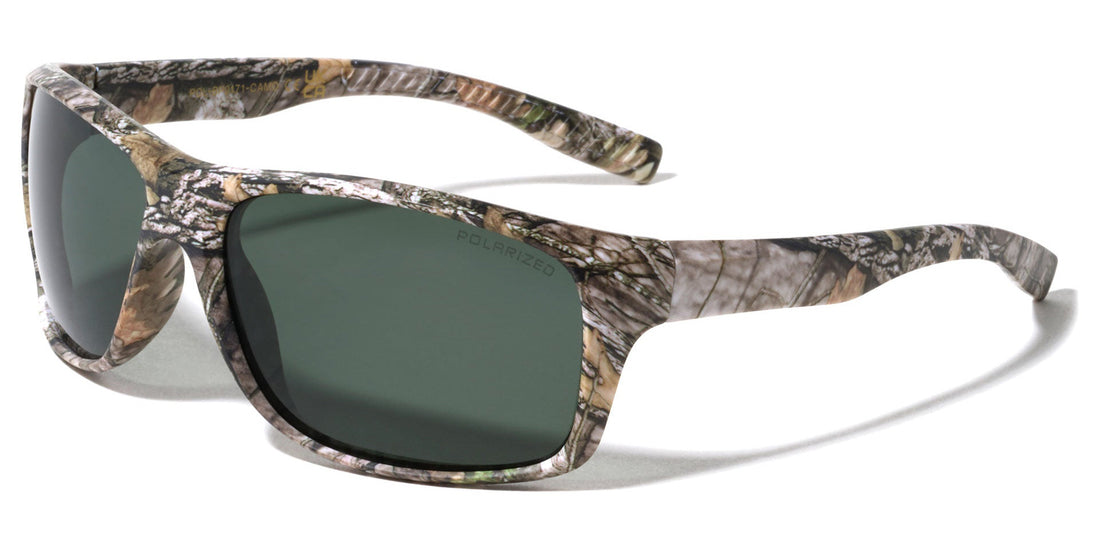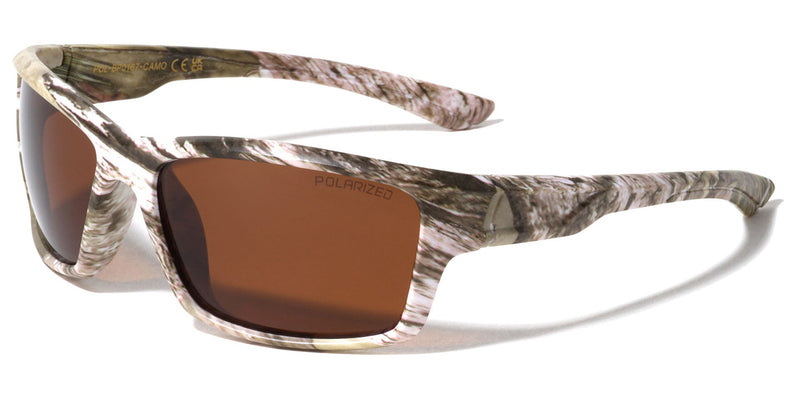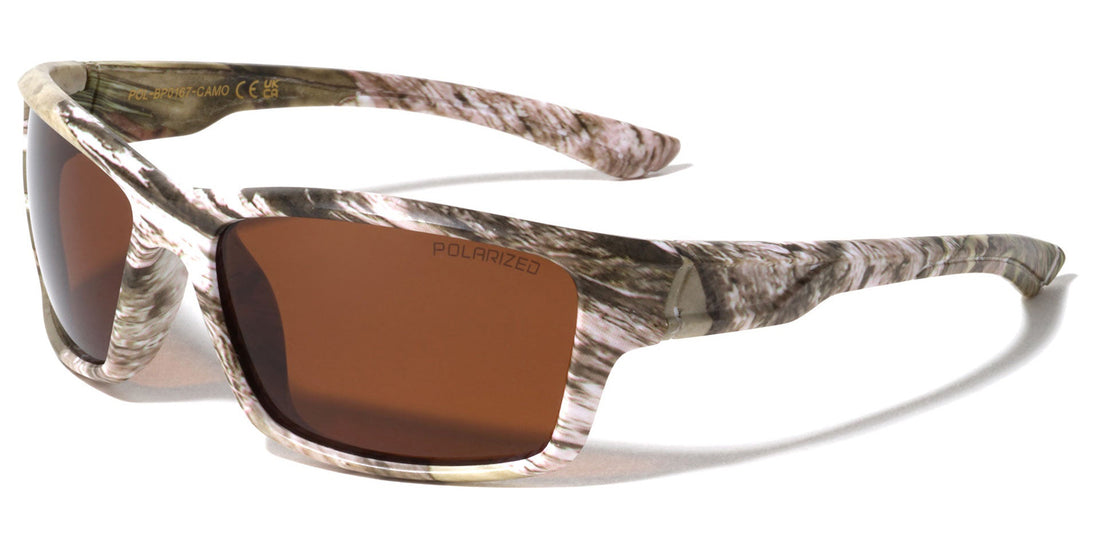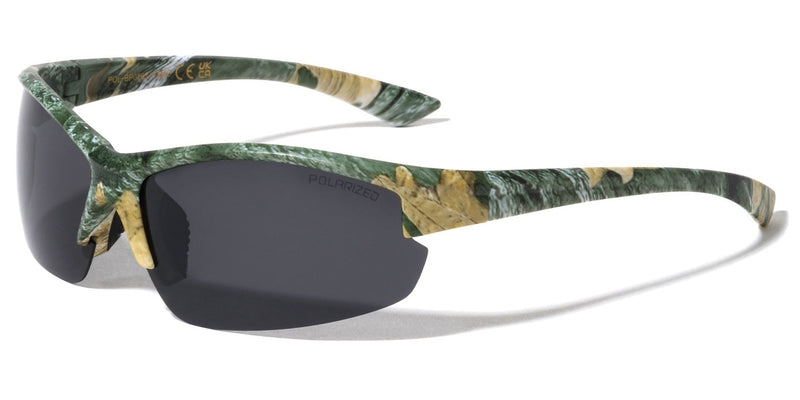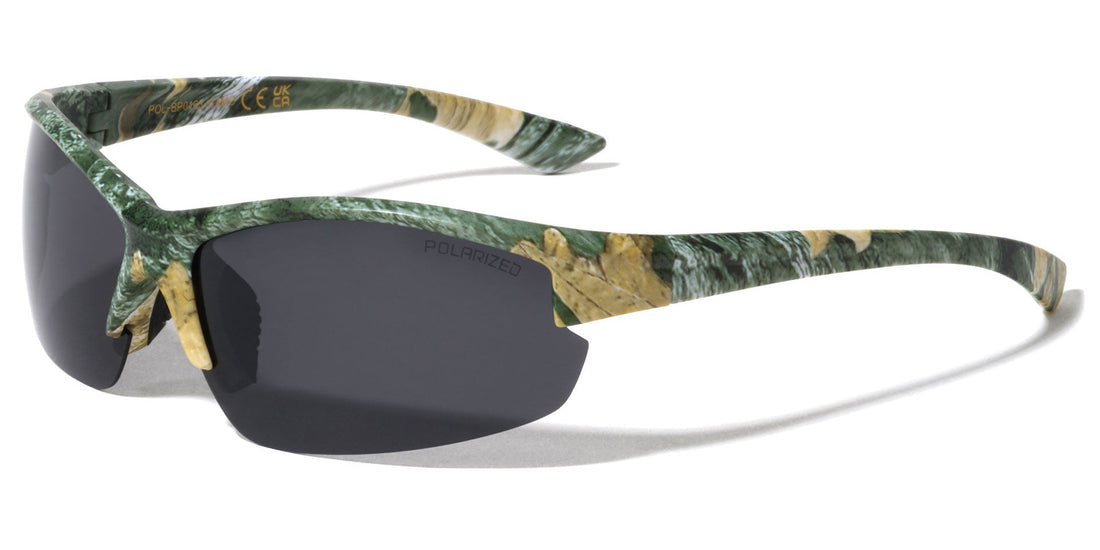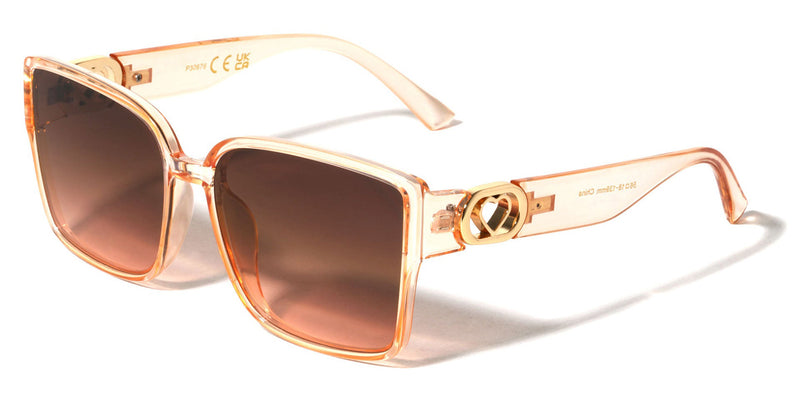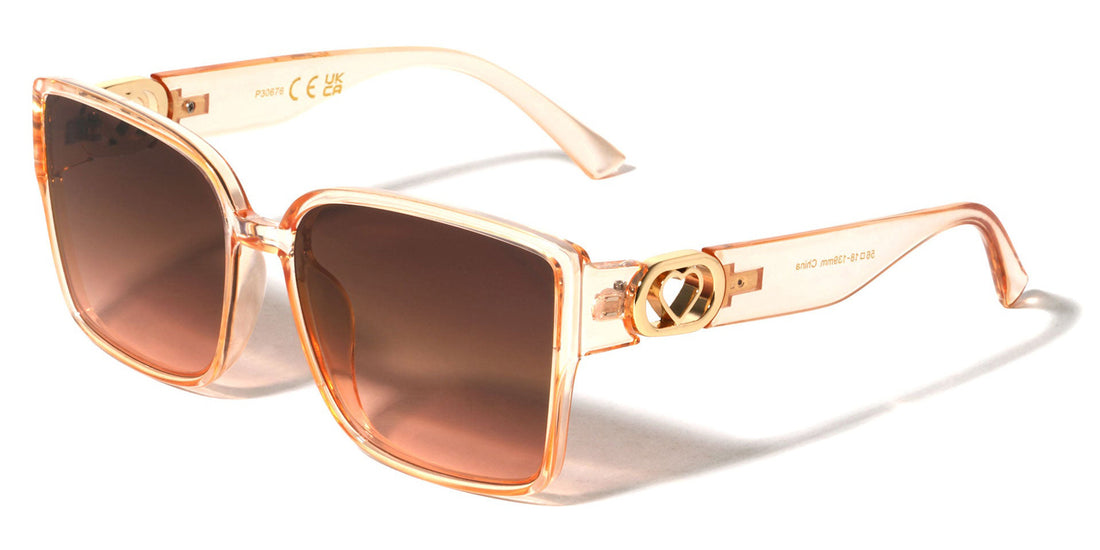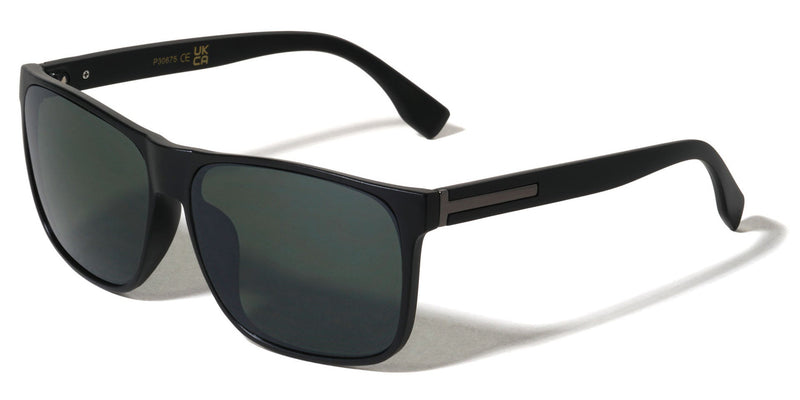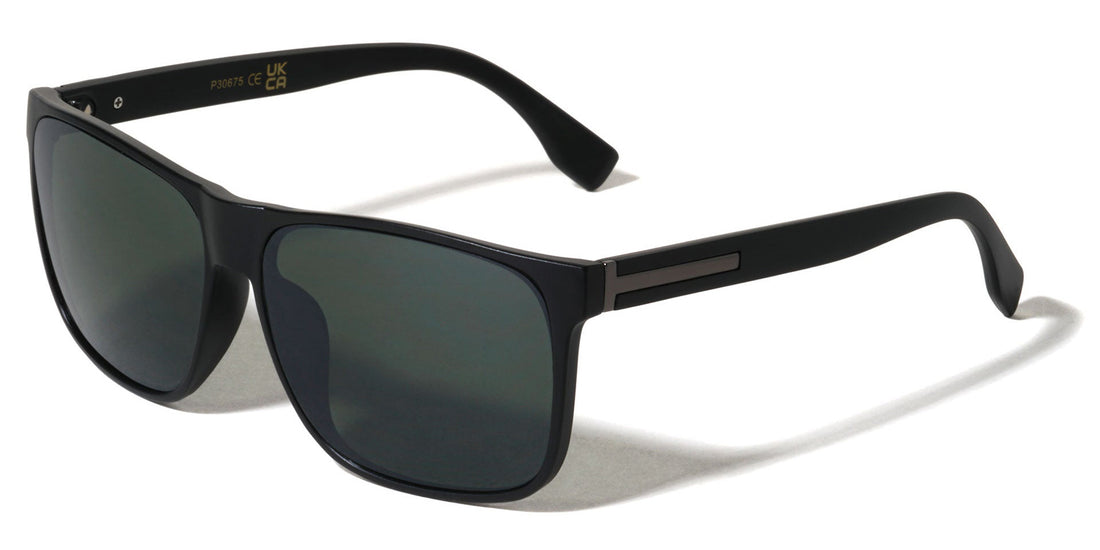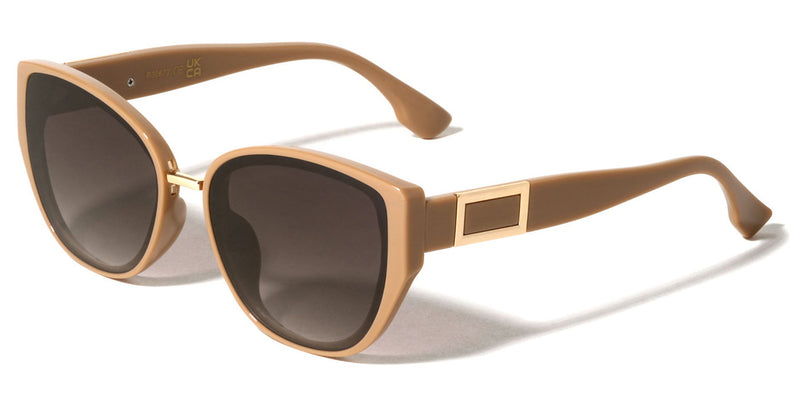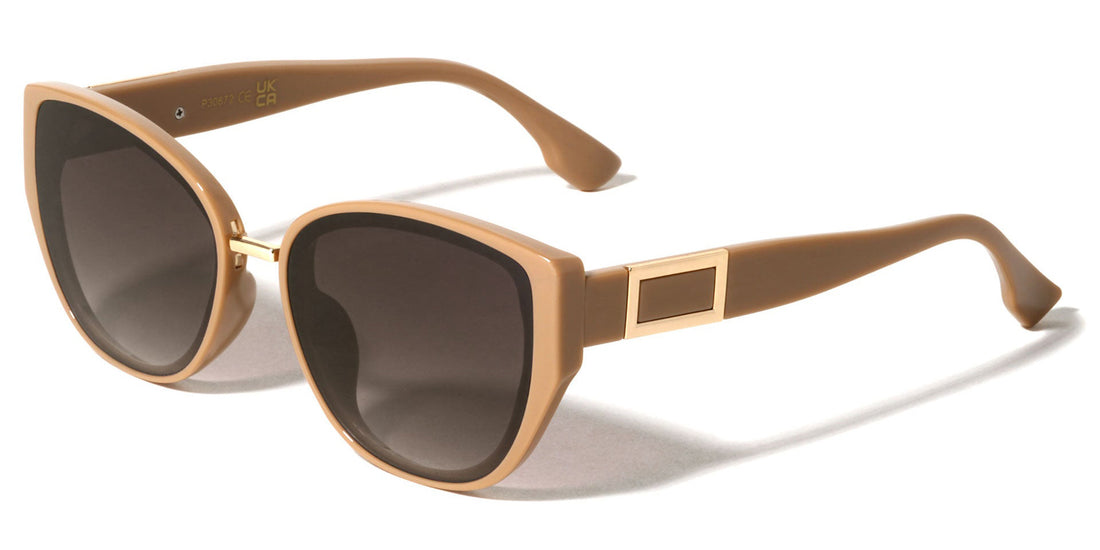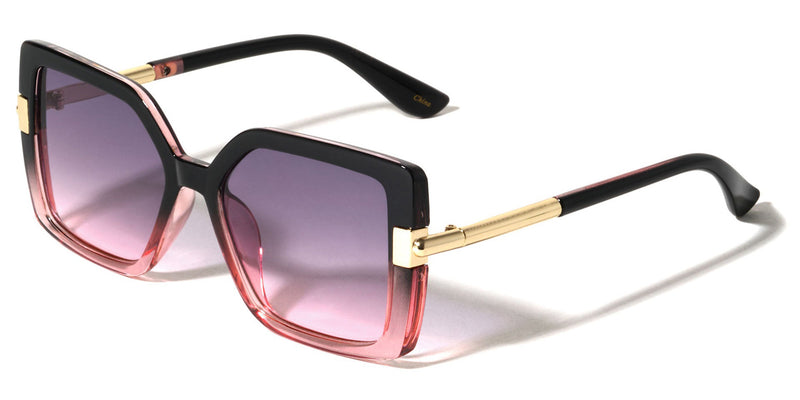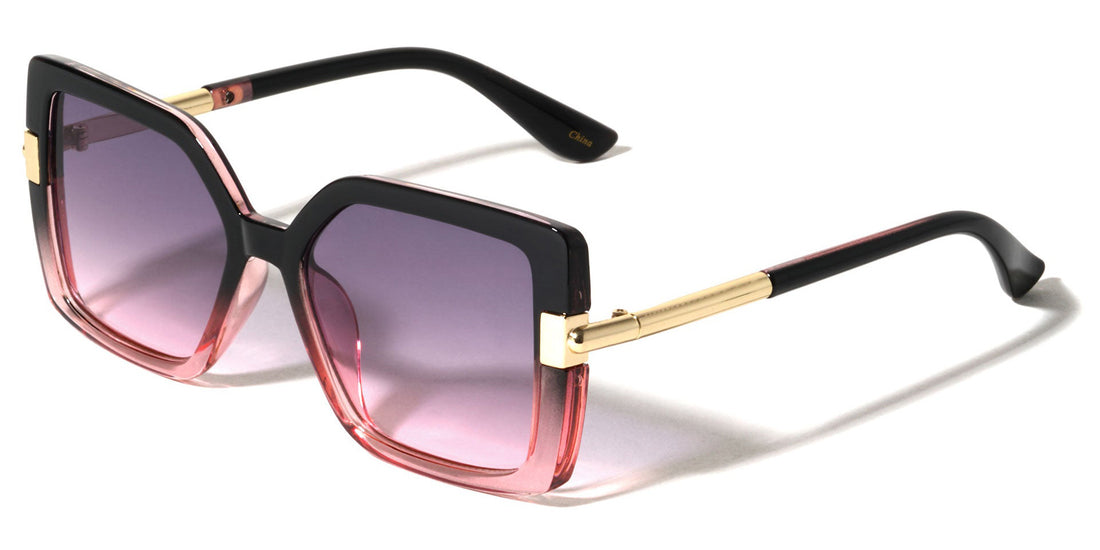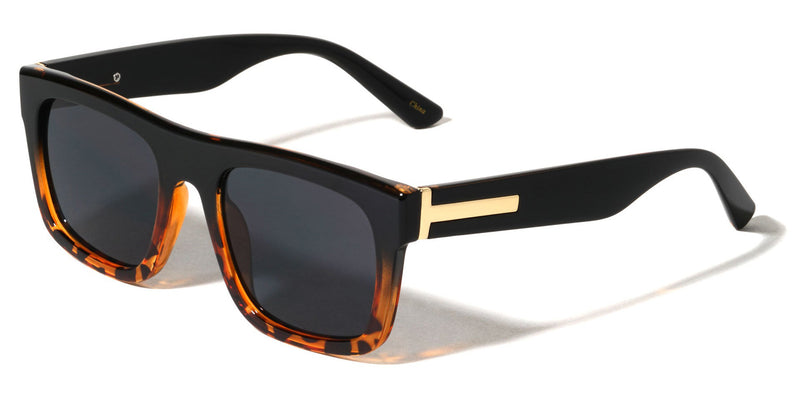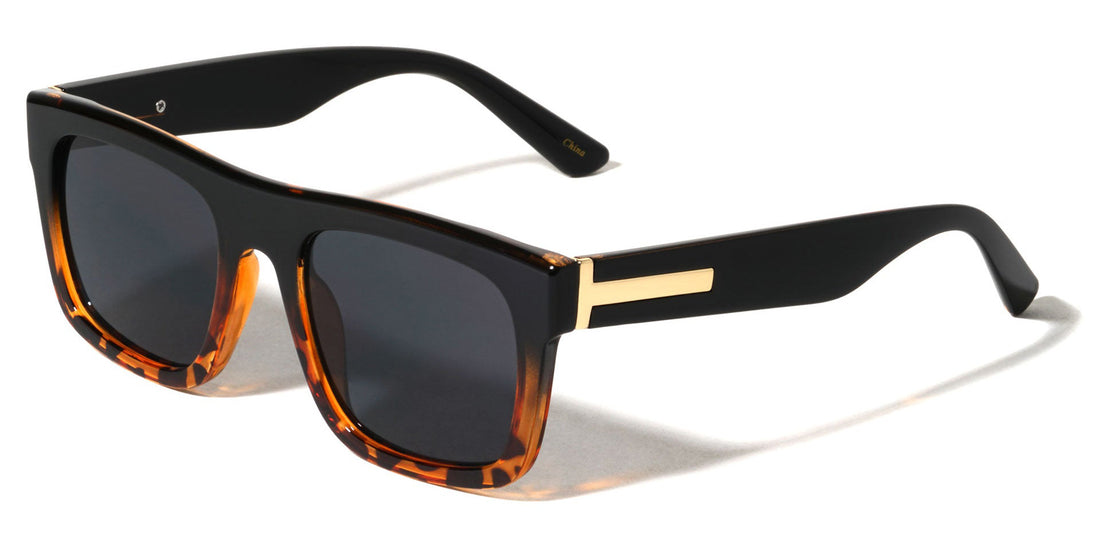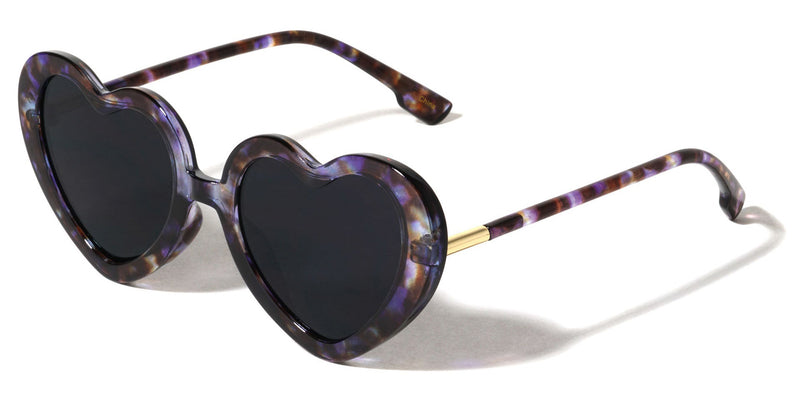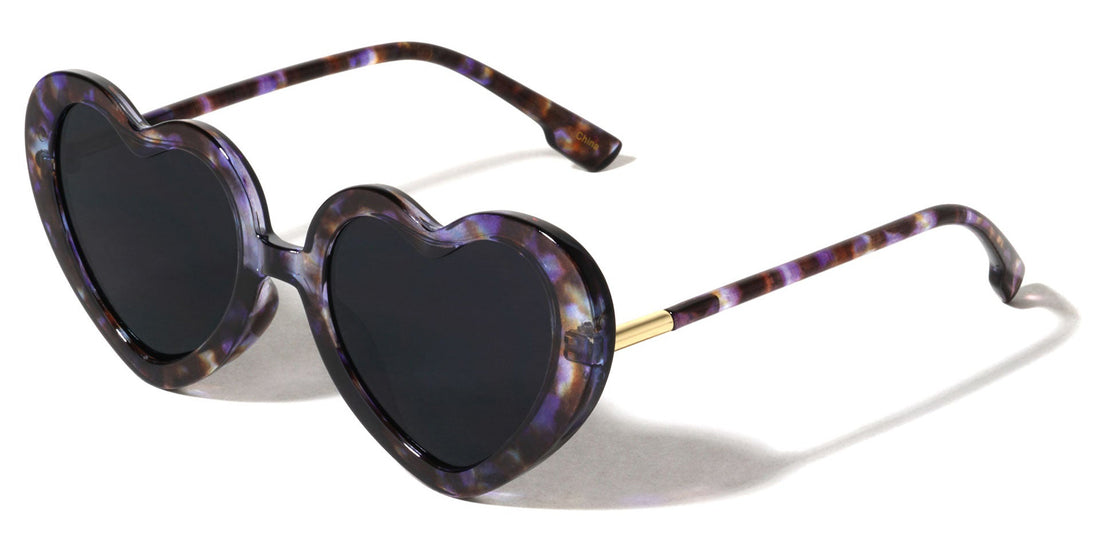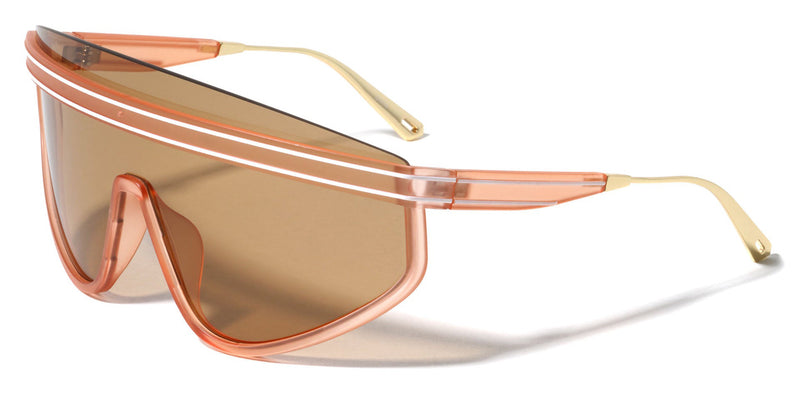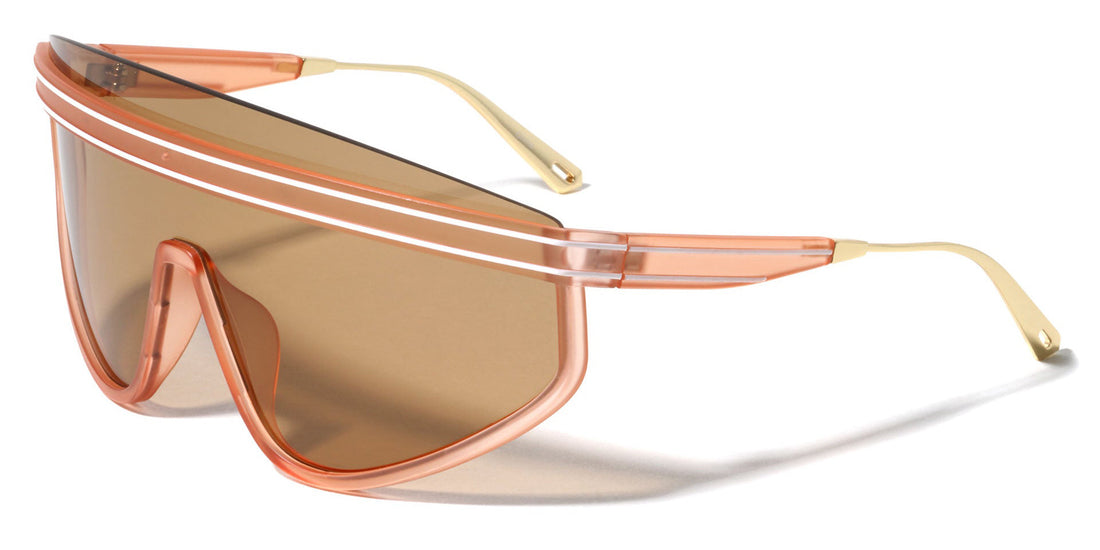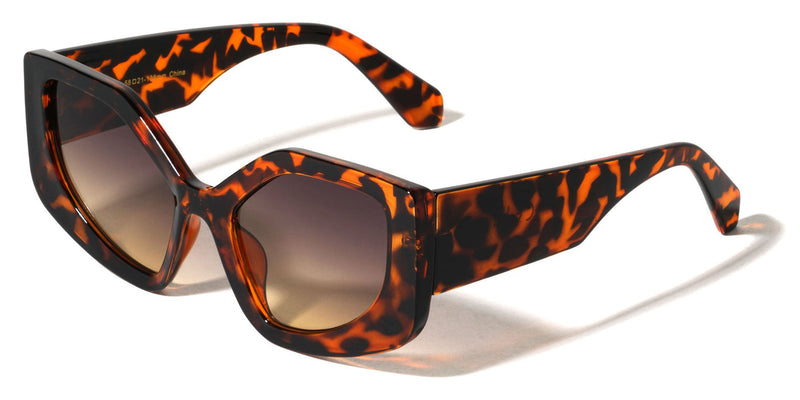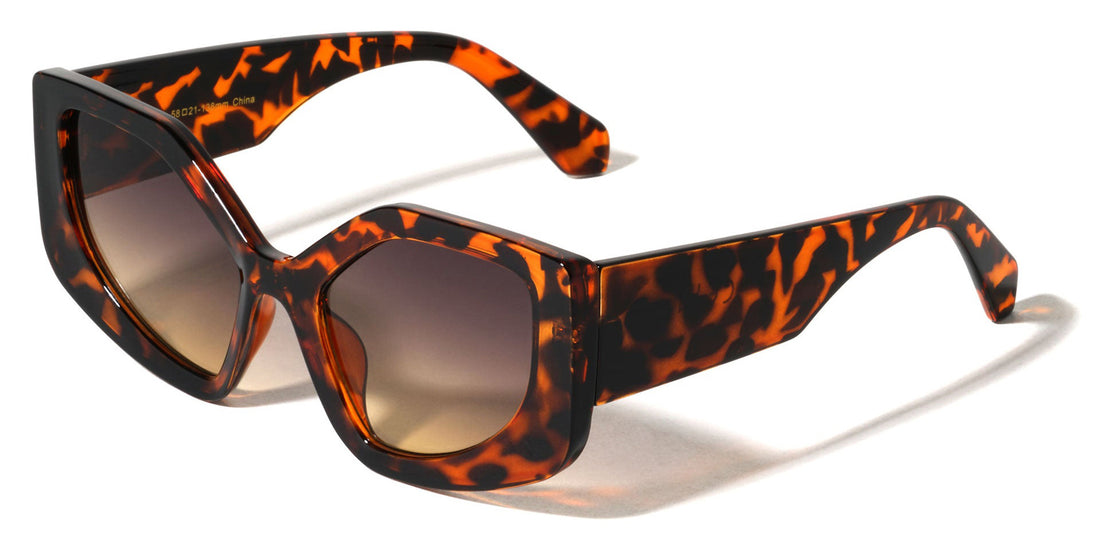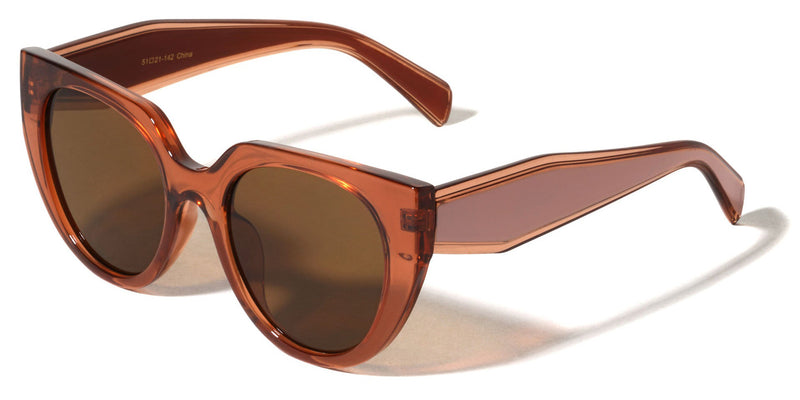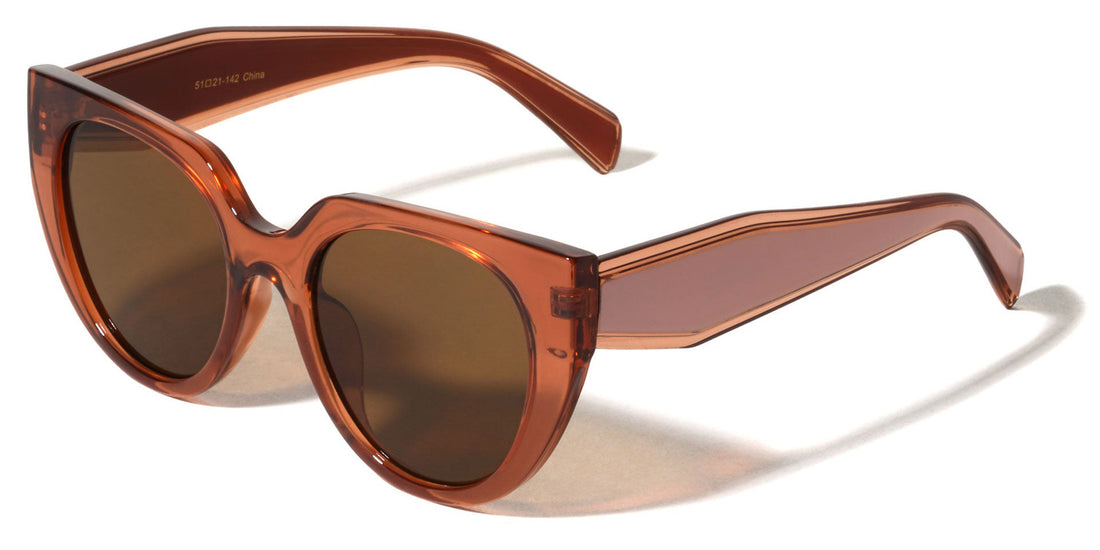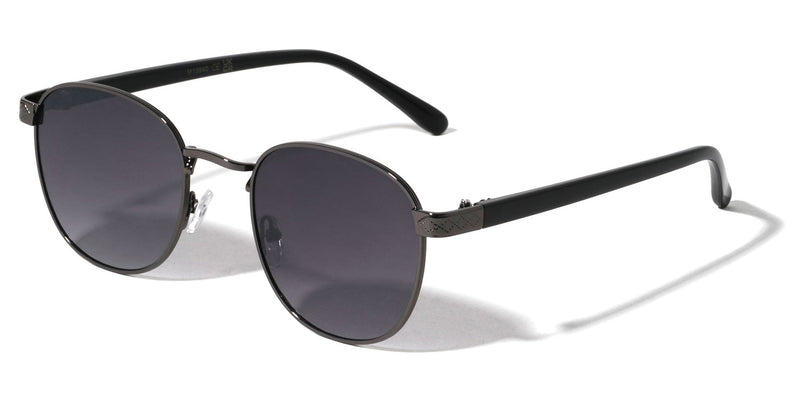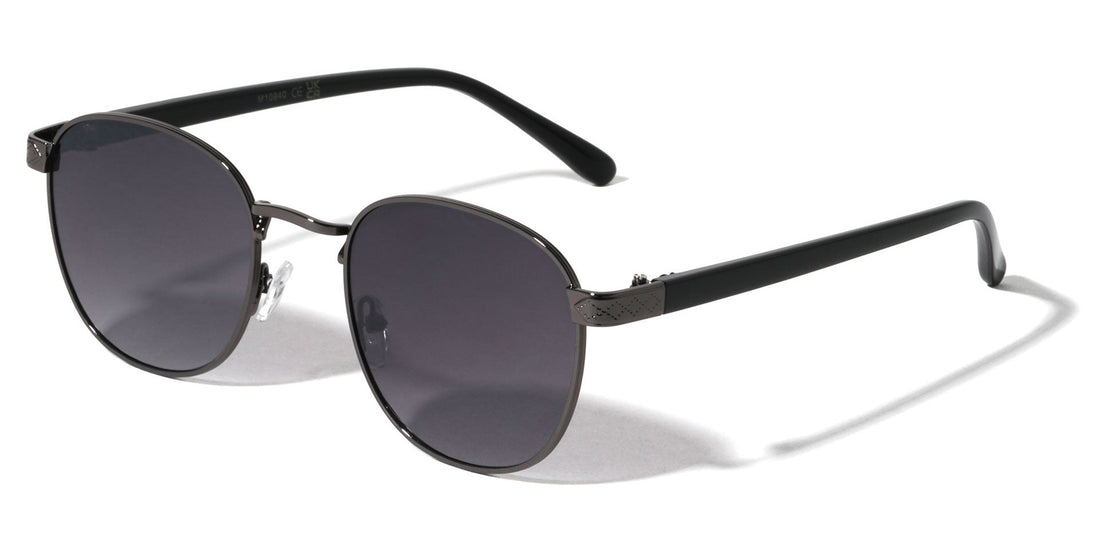Impulse buying is an important part of retail. Don't shy away from it. Do not be afraid to encourage impulse buys. In fact, encourage them. Learn how to push the buttons that encourage people to buy on sight. You could see a pretty big bump in sales as a result.
Spur-of-the-Moment Purchases
By definition, impulse purchases are spur-of-the-moment purchases generally triggered by some sort of emotional or visual stimuli. Maybe one of your customers sees a brand-new pair of designer wayfarers that reminds her of her favorite celebrity. She suddenly has the impulse to buy a pair for herself.
Impulse purchases can be triggered by:
- Emotions – Some shoppers are encouraged to buy on impulse after having an emotional reaction to something. Shopping may be a consumer's form of personal therapy, for example. A shopper might be triggered to purchase due to a memory that evokes positive feelings.
- External Triggers – Impulse purchases can also be triggered by a wide range of external influences, including limited time offers, pop-up sales, and well-designed displays. External triggers are often related to the concept of fear of missing out (FOMO).
Common Ways to Stimulate Impulse Buys
If you have never attempted to go after the impulse buyer before, it might take a while for you to figure out what works best for your audience. But there are a number of common strategies you can employ right off the bat. Implementing a few of them and then studying the results can help you understand better ways to target impulse buys.
Check these out:
- Product Placement – Impulse buyers are often triggered by visual stimuli. As a retailer, this should tell you something: place displays in high traffic areas where customers are likely to see them. Display sunglasses right by the entrance, at the cash register, and other places within your space where you know traffic is heavy.
- Product Displays – Triggering the buying impulse requires getting the customer's attention. This is where attractive product displays become critically important. Use colors that attract attention. Place your most popular products, like wayfarers and aviators, at eye level. Use seasonal decorations to enhance your displays.
- Buyer Urgency – FOMO works best as a sales tool when you create a sense of urgency. Here is an example: run a one day only sale on your most popular brands and styles of designer sunglasses. Make the promotion clearly visible in your space and you will create that sense of urgency among impulse purchasers.
Wholesale Sunglasses Blog
